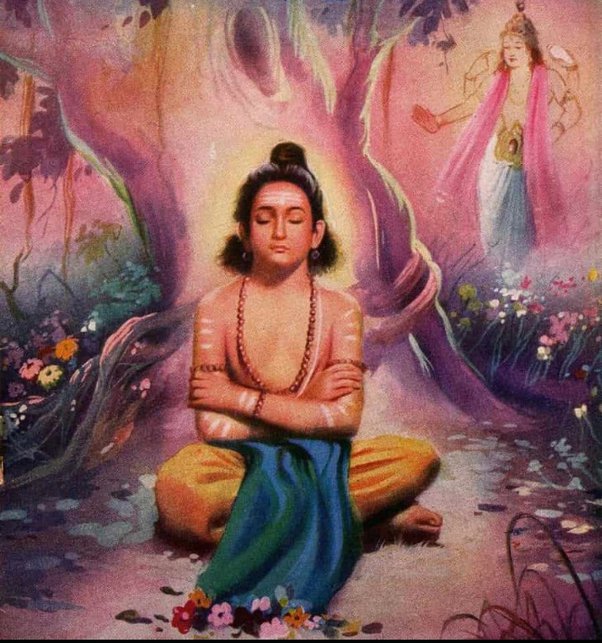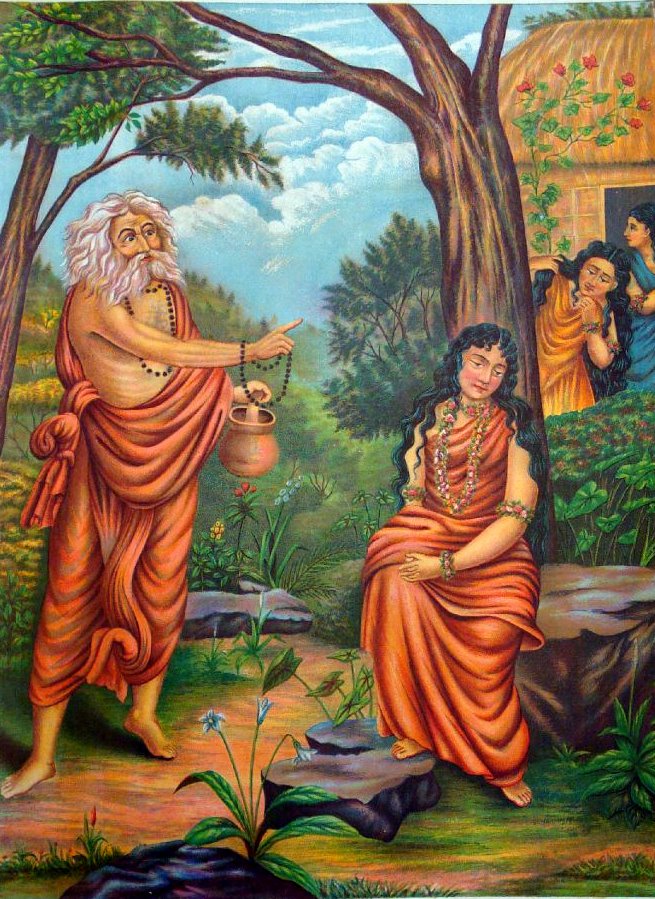
The Icon of Unwavering Devotion in Hindu Mythology
Prahlad is a renowned character in Hindu mythology, prominently featured in the ancient Indian epic known as the Mahabharata. He is widely recognized for his unwavering devotion to Lord Vishnu, despite the relentless opposition and persecution he endured from his father, Hiranyakashipu.
According to Hindu mythology, Hiranyakashipu was a formidable demon king who had obtained immense powers through a boon granted by Lord Brahma. Consumed by his newfound strength, he grew arrogant and demanded that all the inhabitants of his kingdom worship him as a god. However, Prahlad, his own son, stood firmly as an ardent devotee of Lord Vishnu and refused to acknowledge his father as a supreme deity.

Driven by his pride and frustration, Hiranyakashipu resorted to various measures to change Prahlad's devotion. However, the young boy remained resolute in his faith and continued to worship Lord Vishnu unfalteringly. Enraged by his son's defiance, the demon king subjected Prahlad to cruel punishments and even attempted to take his life. But each time, Prahlad emerged unharmed, shielded by the divine protection of Lord Vishnu.
The most renowned tale associated with Prahlad is the story of Holika Dahan, which is commemorated during the festival of Holi. In this narrative, Hiranyakashipu enlisted the help of his sister, Holika, who possessed a boon rendering her immune to fire. The demon king ordered Holika to sit in a blazing inferno, carrying Prahlad on her lap, with the intention of eliminating him. However, to everyone's astonishment, Prahlad's unwavering devotion and Lord Vishnu's divine grace protected him, and it was Holika who perished in the engulfing flames.

Ultimately, Lord Vishnu assumed the form of Narasimha, a powerful half-lion, half-human incarnation, to vanquish Hiranyakashipu and safeguard Prahlad. During twilight, at the threshold of a courtyard, Narasimha tore apart the demon king with his lion-like claws, signifying the triumph of righteousness over evil and the victory of unwavering devotion.
Prahlad's resolute dedication and unyielding faith in Lord Vishnu have immortalised him as a revered figure in Hinduism. He is considered an emblem of steadfastness, piety, and the transformative power of genuine devotion. His story serves as a timeless lesson on the significance of staying true to one's convictions and maintaining faith even in the face of adversities. Prahlad's tale is widely recounted and celebrated during religious festivals, particularly Holi, which commemorates the defeat of Holika and the valour of Prahlad's devotion.

Apart from Prahlad, another example of an asura who displayed devotion to a god is Mahabali (also known as Bali or Māveli).
Mahabali was a mighty asura king who ruled over the netherworld and had gained immense power and popularity. Despite his demonic lineage, Mahabali was known for his benevolence, wisdom, and generosity. He was deeply devoted to Lord Vishnu and held a strong desire to seek the blessings and approval of the divine.
In an act of devotion, Mahabali performed a grand sacrificial ritual called the Ashwamedha Yagna. During the ritual, he would give away vast riches and gifts to the Brahmins and the needy, considering it as an offering to Lord Vishnu. His devotion and acts of charity were highly regarded and admired by both humans and gods.
However, Mahabali's growing popularity and power concerned the gods, particularly Lord Indra. To test Mahabali's devotion and curb his influence, Lord Vishnu took the form of Vamana, a dwarf Brahmin, and approached Mahabali during his Ashwamedha Yagna. Vamana asked for a small patch of land measured by three steps. Mahabali, overwhelmed by the divinity of the dwarf, readily agreed to grant the request.
To everyone's surprise, Vamana transformed into his cosmic form, covering the entire universe with his first two steps. With no more space left to place his third step, Mahabali humbly offered his own head as a resting place for the step. Lord Vishnu, impressed by Mahabali's selflessness and devotion, granted him a boon. He allowed Mahabali to visit his kingdom and rule over it once a year, reaffirming his devotion and position as a revered figure.
Mahabali's story highlights the asura king's unwavering devotion and his willingness to sacrifice everything for the divine. His character portrays the idea that devotion and righteousness can transcend one's lineage or inherent nature, illustrating the all-encompassing nature of devotion in Hindu mythology.

By Mamta Rajbhar
(The images used in this blog post are not owned by Anime Devta, they are just to help the readers)

